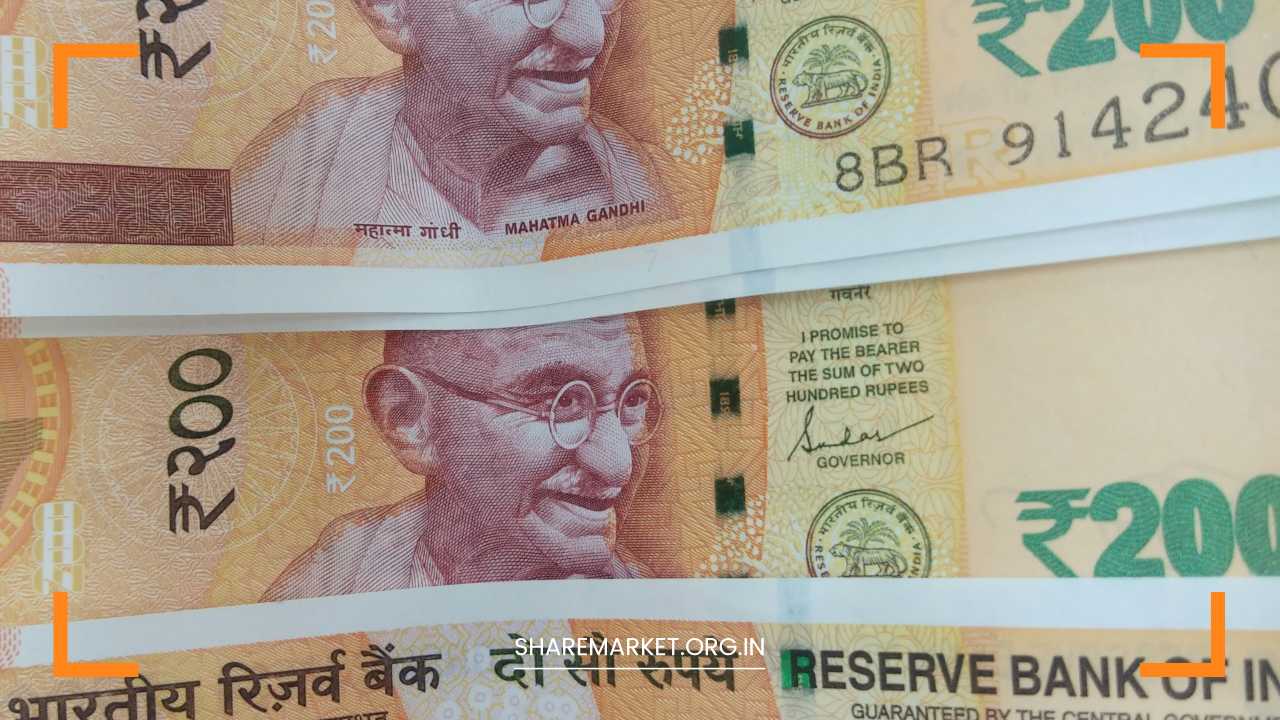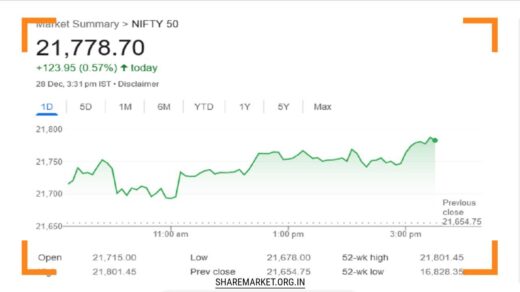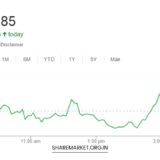How Much Return You Will Get by Investing Rs 2000, 3000, 4,000 or 5,000 in PPF Every Month

PPF Investment
The Public Provident Fund (PPF) is an attractive investment option for individuals seeking a risk-free avenue with promising returns. It is accessible to all Indian citizens, making it widely available for investment purposes.
The PPF allows individuals to deposit a minimum of Rs 500 and a maximum of Rs 1.5 lakh per year.
The flexibility in the investment amount enables individuals to contribute according to their financial capacity and investment goals.
The minimum deposit requirement of Rs 500 ensures that even those with modest incomes can participate in the scheme.
On the other hand, the maximum deposit limit of Rs 1.5 lakh provides an opportunity for individuals to make significant contributions and maximize their returns within the specified limits.
By investing in PPF, individuals can enjoy numerous benefits. Firstly, the investment in PPF is risk-free as it is backed by the government of India.
This aspect provides a sense of security and reliability to investors. Secondly, PPF offers attractive returns, which are generally higher than those offered by traditional savings accounts.
The interest rates on PPF are set by the government and are subject to revision on a periodic basis.
Additionally, PPF investments qualify for tax benefits under Section 80C of the Income Tax Act. The contributions made to PPF are eligible for deductions up to the specified limit, helping individuals reduce their taxable income.
Furthermore, the interest earned and the maturity amount from PPF are entirely tax-free, making it a tax-efficient investment option.
The PPF scheme operates on a long-term basis, with a tenure of 15 years. Investors can make regular contributions throughout this period, and partial withdrawals or loans against the PPF account are permitted after a certain period.
It is important to note that the interest rate on PPF is reviewed by the government periodically. The rate is typically linked to government bond yields and can vary from year to year.
It is advisable for investors to stay updated with the current interest rates and other regulatory changes related to PPF.
In conclusion, the PPF scheme offers a risk-free investment avenue with promising returns. With a minimum deposit requirement of Rs 500 and a maximum deposit limit of Rs 1.5 lakh per year, individuals can tailor their investments based on their financial capabilities and investment objectives.
The tax benefits and the tax-free nature of interest and maturity proceeds further enhance the attractiveness of the PPF scheme.
By considering the long-term commitment and potential returns of the PPF, individuals can make informed decisions and leverage this investment option to secure their financial future.
The Public Provident Fund (PPF) scheme has a tenure of 15 years, during which investments can grow through the power of compounding.
Currently, the PPF offers an interest rate of 7.1% per annum. If you are considering investing in the PPF scheme and want to evaluate the potential returns based on monthly investments of Rs 2,000, Rs 3,000, Rs 4,000, and Rs 5,000, let’s explore the expected outcomes:
1. Monthly Investment of Rs 2,000:
By investing Rs 2,000 every month in the PPF for 15 years, the total investment over the duration would be Rs 3,60,000 (Rs 2,000 x 12 months x 15 years).
With the current interest rate of 7.1%, the accumulated corpus at the end of 15 years would be approximately Rs 6,47,661.
2. Monthly Investment of Rs 3,000:
Investing Rs 3,000 monthly in the PPF for 15 years would result in a total investment of Rs 5,40,000 (Rs 3,000 x 12 months x 15 years). Considering the interest rate of 7.1%, the accumulated corpus at the end of 15 years would be approximately Rs 9,71,492.
3. Monthly Investment of Rs 4,000:
With a monthly investment of Rs 4,000 in the PPF for 15 years, the total investment during the period would amount to Rs 7,20,000 (Rs 4,000 x 12 months x 15 years). At the current interest rate of 7.1%, the accumulated corpus at the end of 15 years would be approximately Rs 12,95,322.
4. Monthly Investment of Rs 5,000:
Investing Rs 5,000 monthly in the PPF for 15 years would result in a total investment of Rs 9,00,000 (Rs 5,000 x 12 months x 15 years).
Considering the interest rate of 7.1%, the accumulated corpus at the end of 15 years would be approximately Rs 16,19,152.
These calculations are based on the assumption that monthly investments are made consistently for the entire 15-year period and the current interest rate of 7.1% remains constant. It is important to note that the interest rate on PPF can be revised by the government on a periodic basis.
The power of compounding plays a significant role in enhancing the returns on PPF investments over time. The earlier one starts investing and remains consistent with their contributions, the greater the potential for wealth accumulation.
It is advisable to consult a financial advisor or use online calculators specific to PPF to assess the potential returns based on your investment goals, as individual circumstances may vary.
In summary, by investing regularly in the PPF scheme with monthly contributions of Rs 2,000, Rs 3,000, Rs 4,000, or Rs 5,000, individuals can potentially accumulate significant corpus over the 15-year tenure, taking advantage of the compounding effect and the current interest rate of 7.1%.

















